“And how will you explain to me the fact of the pebbles being struck together and lying in layers at different altitudes upon the high mountains.”
Leonardo da Vinci, 1508.
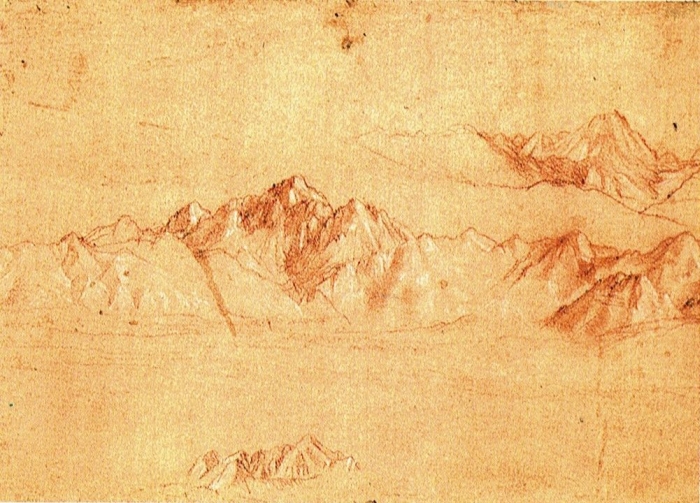
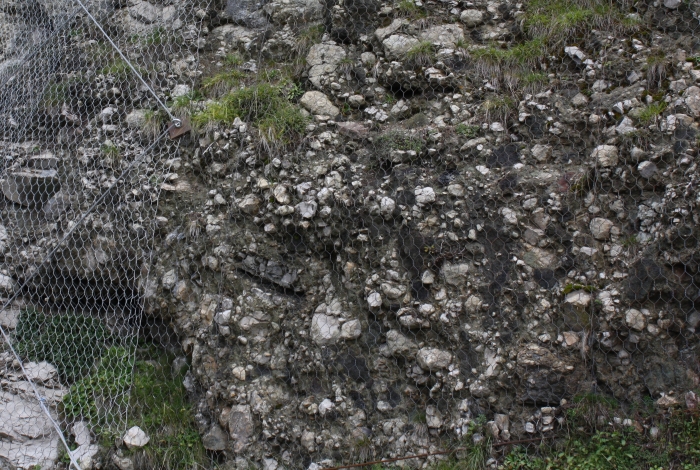
The period between the fall of the Roman Empire and the Renaissance in the 17th century is sometimes referred to as the Middle or Dark Ages. Used nowadays often as a derogative term, it reflects more our poor understanding of those times then a real cultural demise.
In ancient times the Alps, especially the alpine pastures and rocky outcrops above the tree line, were referred to as Gamsgebirg – the chamois mountains. Only shepherds, collectors of plants and minerals and chamois hunters visited this area and maybe sometimes climbed a mountain. However, in the Middle Ages, rich ore deposits were discovered in the Alps. Schwaz in Tyrol, Schneeberg and Prettau in South Tyrol were famous for the silver and copper mined between the Alpine peaks.
Mining for metals in the Alps dates back at least for 4.800 years (a 25-meter long gallery in North Tyrol was dated to 2.800 BCE). In South Tyrol slag remains were dated to 1.200-1.000 BCE. Slag remains found in Ahrntal possibly date back to the early and middle bronze age (3.300-1.800 BCE), even if the provenance of the used copper ore is unknown. The extraction of copper ore in the Ahrntal became important in medieval times, especially in the 15th century. At the time prospectors were searching for former copper mines and also used geological clues to find new ore deposits. There was likely a lot of empirical knowledge of minerals and rocks to be found between prospectors and miners. Unfortunately, most of this knowledge wasn’t written down. Some evidence for this „lost wisdom“ can be found in traces left by the miners.
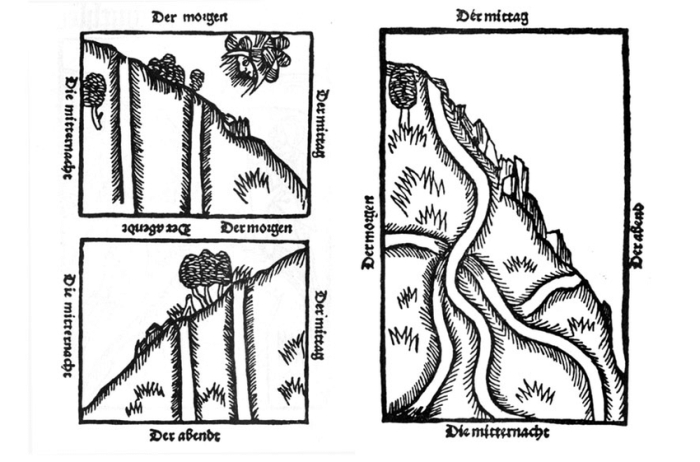
Some basic understanding of the geometry of ore veins was necessary to follow them in the mountain, and some basic understanding of rock quality was necessary to dig the galleries. Advancement was limited to millimeters for every work shift, maybe 5 millimeters per day in hard rock, 5 centimeters if the rock was fractured and soft. Many medieval mines follow fault systems inside the mountain, where the shattered rocks were more easy to excavate. Depending on the encountered rock, the section of the gallery was different. In soft rocks the gallery has a narrow section, pointed roof to better distribute the weight or is reinforced with wooden structures. In hard rocks, the gallery has a flat roof and a larger section.
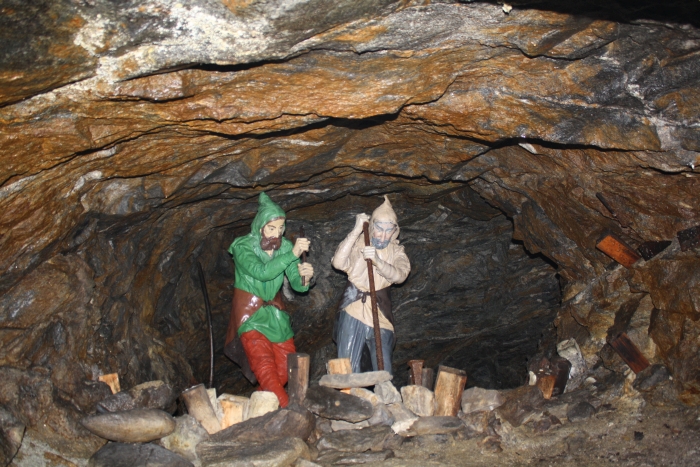
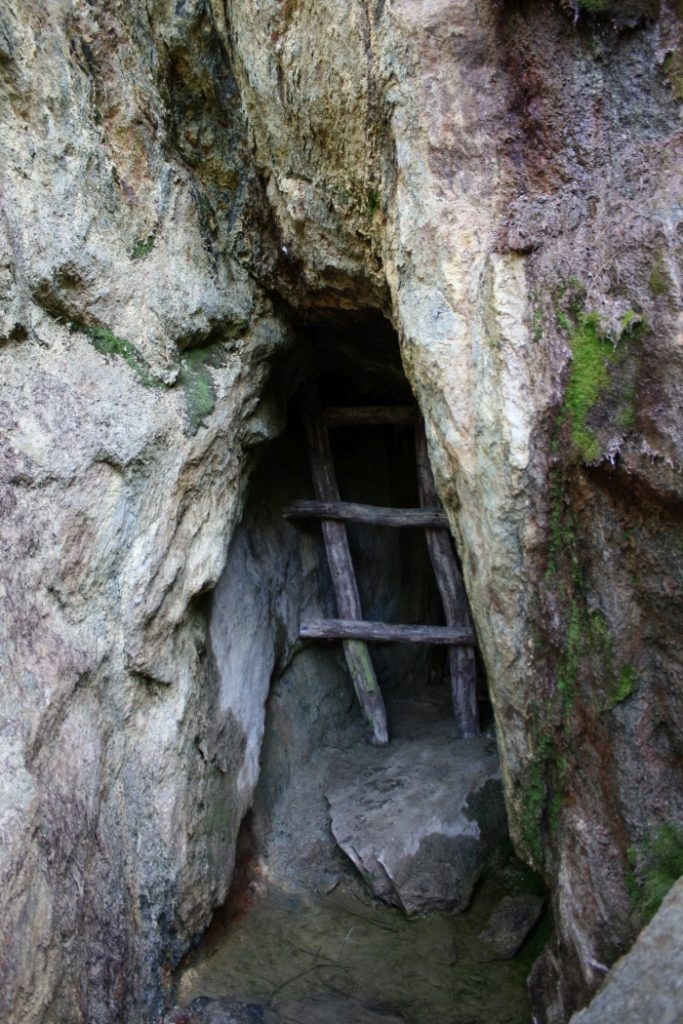
The modern name of important minerals, like feldspar, derives from terms used by the miners. „Feld“ is an old name for hard rocks and „spat“ referred to any rock or mineral that if stroked by a hammer forms plain fracture surfaces.
First written records appear in the 16th century. Georgius Agricola (1494-1555) published in 1556 together with the miner Blasius Weffringer his De re metallica libri XII. In his „twelve volumes about metals,“ he describes various ways to find hidden ore veins. Strange smelling water, springs with unusual deposits of red clay, colored spots of minerals on rocks, disturbed soil cover and crippled plants may indicate ore deposits hidden underground. In his De ortu et causis subterraneorum (1546) he briefly discusses the formation of mountains, by fire, water and wind. Erosion by water forms gorges, then canyons and finally separated mountain ranges. Wind and fire, in the form of volcanism and geothermal activity, play a major role in dismantling (volcanic) mountains.
Later authors, like cartographer Sebastian Münster (1489-1552), cartographer Johannes Stumpf (1500-1566), naturalist Conrad Gessner (1516-1565) and especially naturalist Johann Jakob Scheuchzer (1672-1733), describe mountains in great details, including plants, animals and rocks. However, few provide an explanation for their formation. Scheuchzer depicts and describes folds in the Swiss Alps, explaining them as layers deposited and then folded by the biblical flood. Italian author Valerius Faventies publishes in 1561 De montium origine, wherein he collects all the contemporary theories explaining the formation of mountains. An important role was given to celestial forces, causing rock and minerals to grow and expand inside Earth.
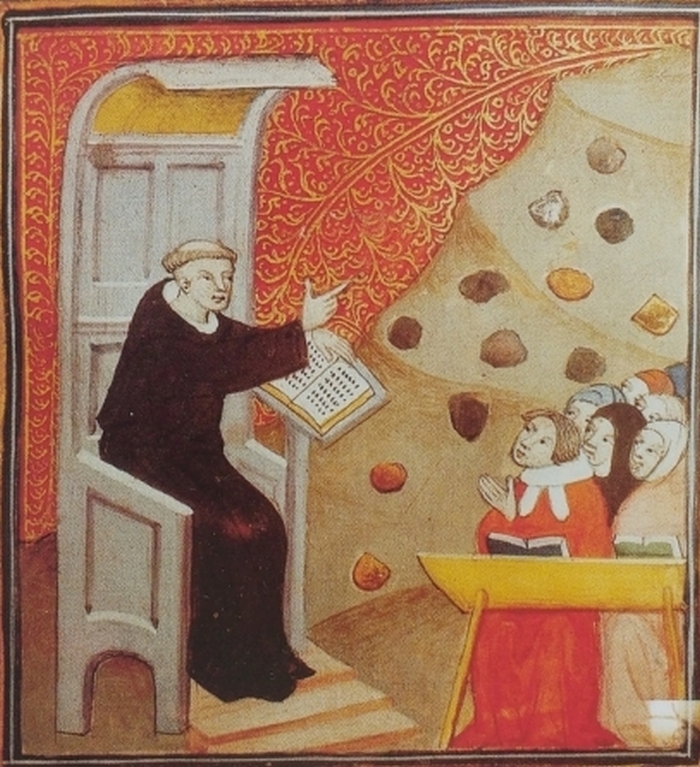
Literatur:
- LEFEVRE, W. (2010): Picturing the world of mining in the Renaissance: The Schwazer Bergbuch (1556). Max-Planck-Institut für Wissenschaftsgeschichte